
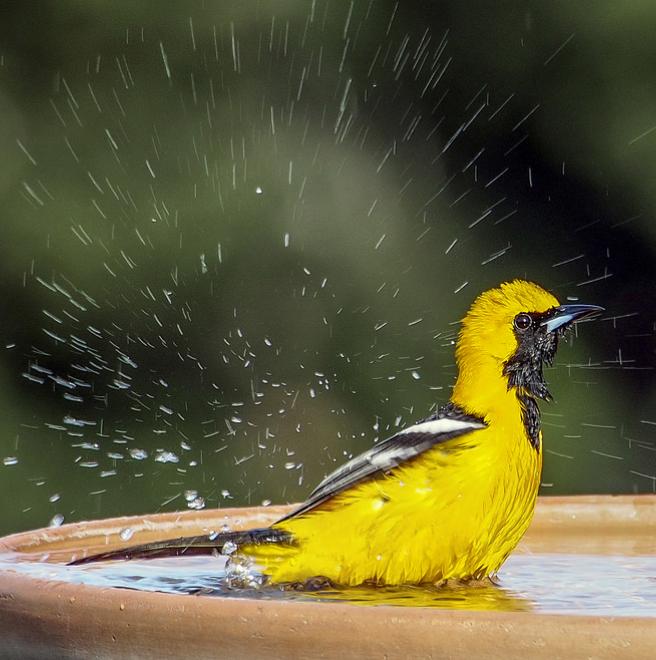
This colorful species is projected to lose 62 percent of its current summer range by 2080, but has potential to expand, according to Audubon’s climate model. With some northward expansion in California already being documented, the model's projections of increased suitablity across the southwest may come to bear. Yet, just because an area becomes climatically suitable does not mean it can be successfully colonized. How much of the projected potential gain is realized has yet to be seen.
Yellow-orange and black, this elegant bird is a denizen of warm climates, summering in much of the southwestern United States and wintering mainly in Mexico. Known for the black face and throat plumage that makes it appear hooded, the male is much brighter than its female counterpart, who lacks the black facial feathers and has a paler yellow-green tint to her feathers. The Hooded Oriole is most common in the vicinity of water in arid lowlands, such as in riverside woods, palm groves around desert oases, along canyon streams, or in southwestern suburbs and parks. Its diet consists of insects, spiders, nectar, and fruit.
Explore more birds threatened by climate change around the country.
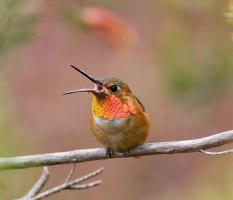
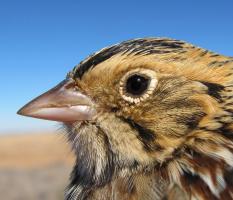
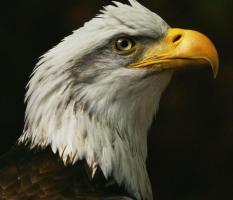
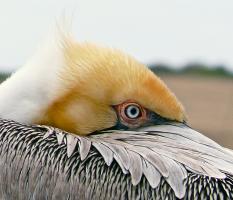

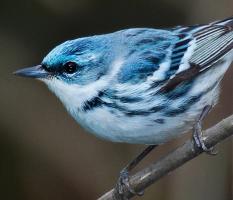
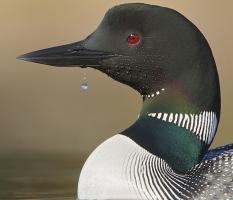
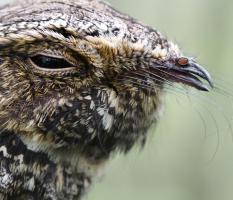





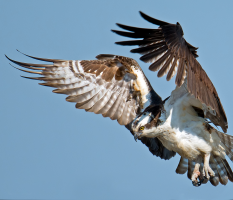
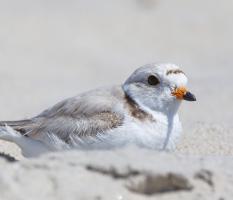

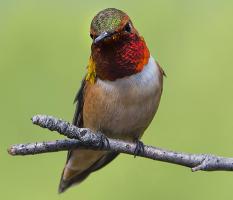

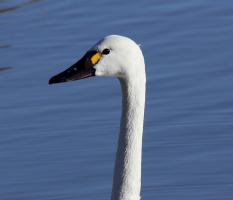
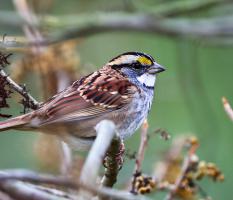

It's easier than you think to make a difference. Become an Audubon member today to help birds facing climate change.